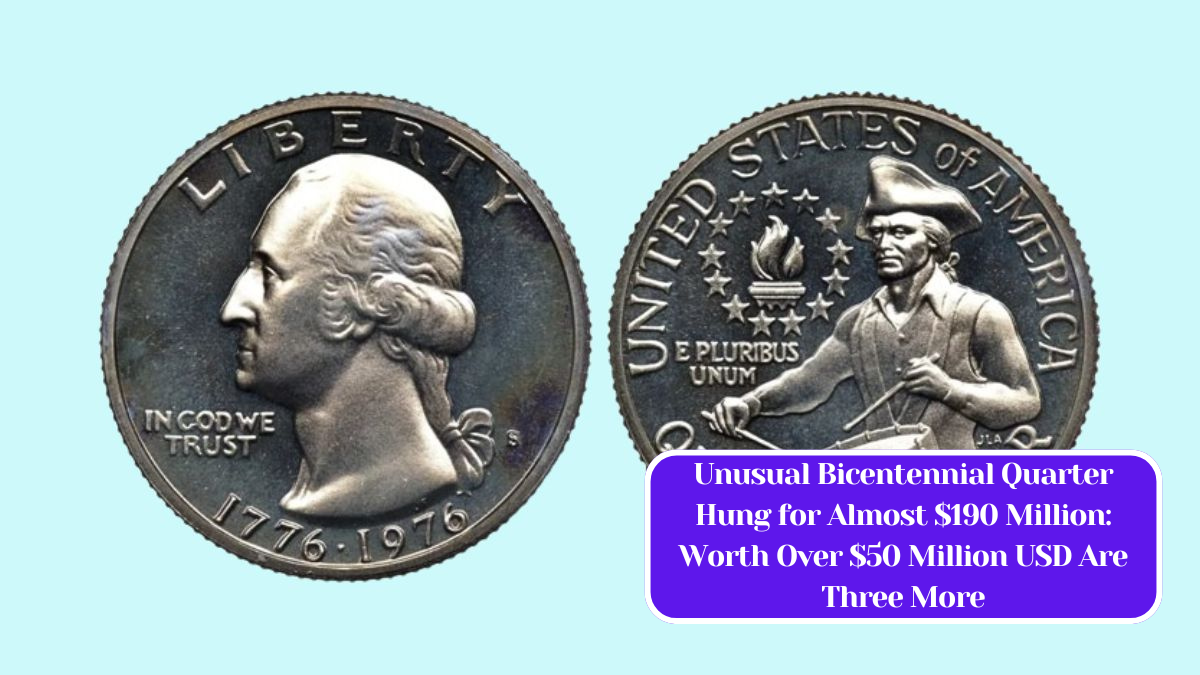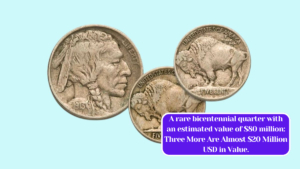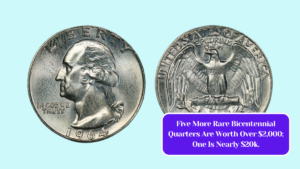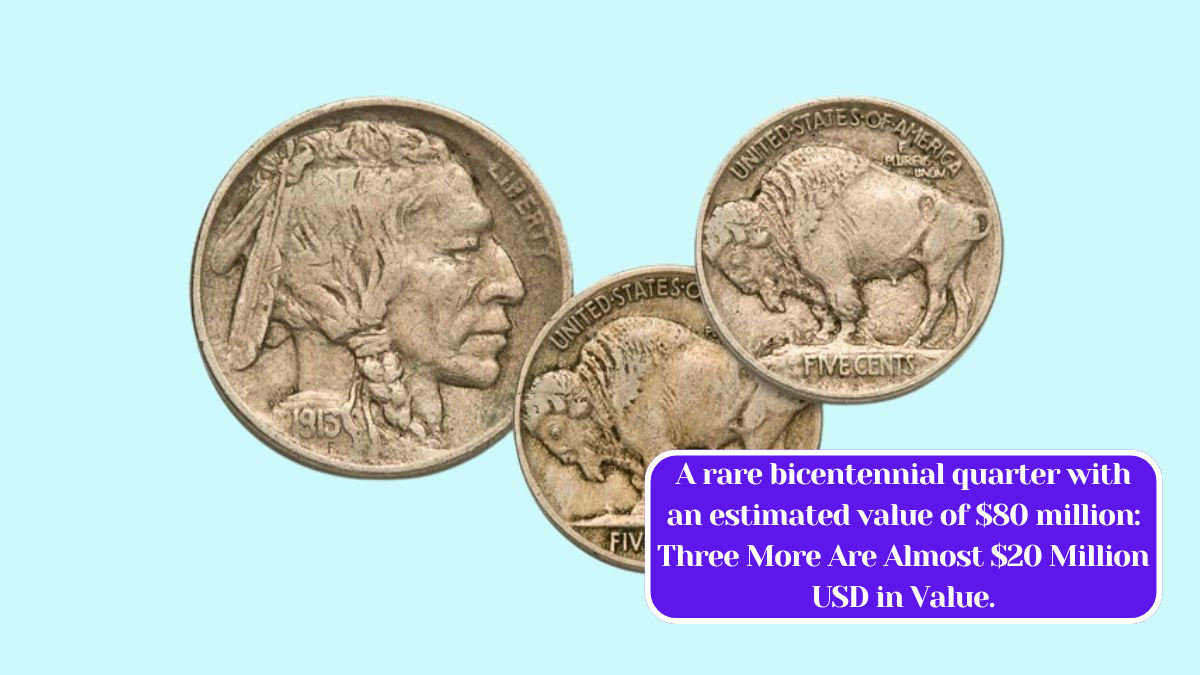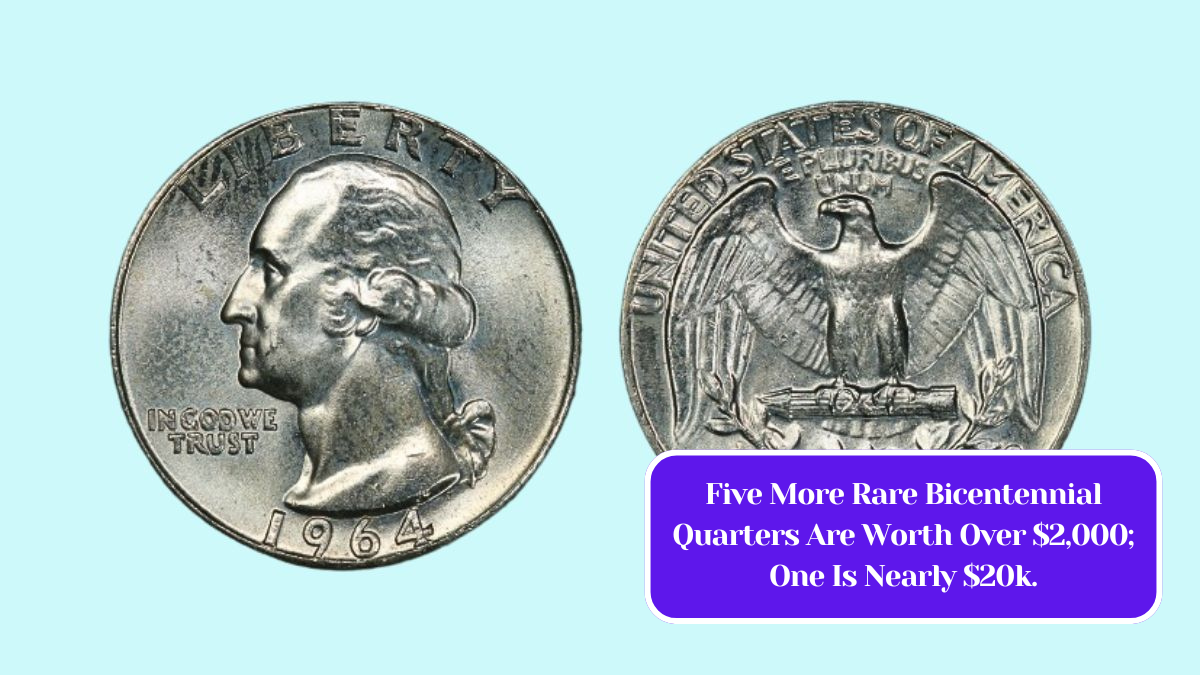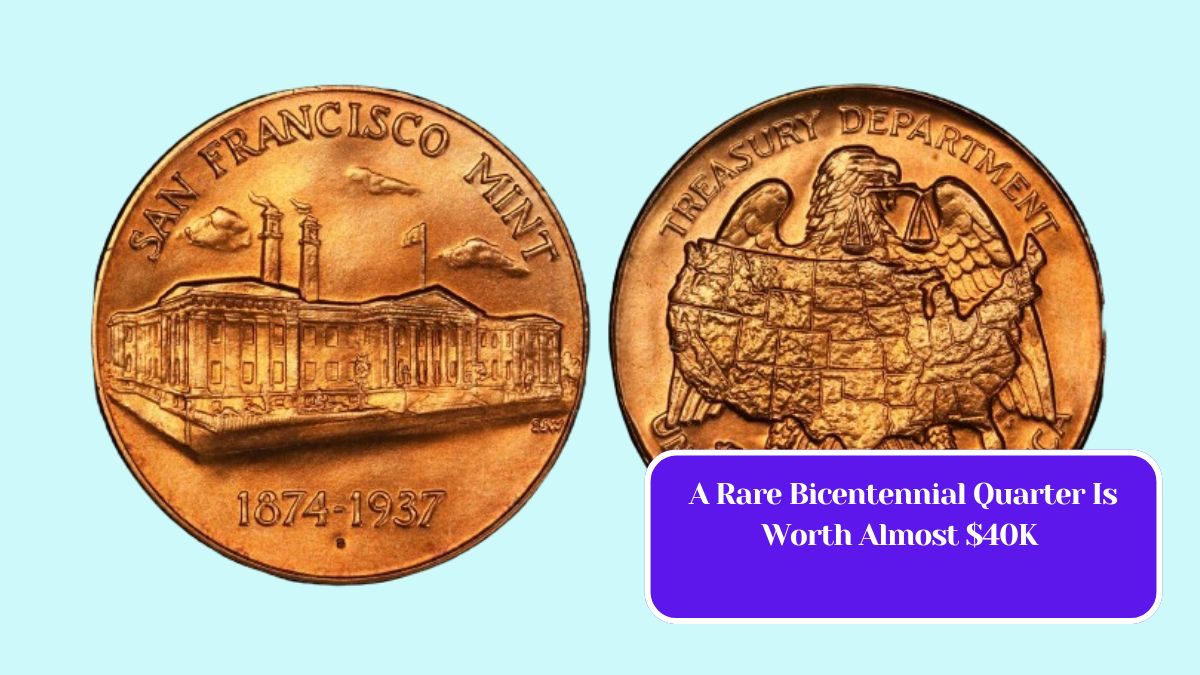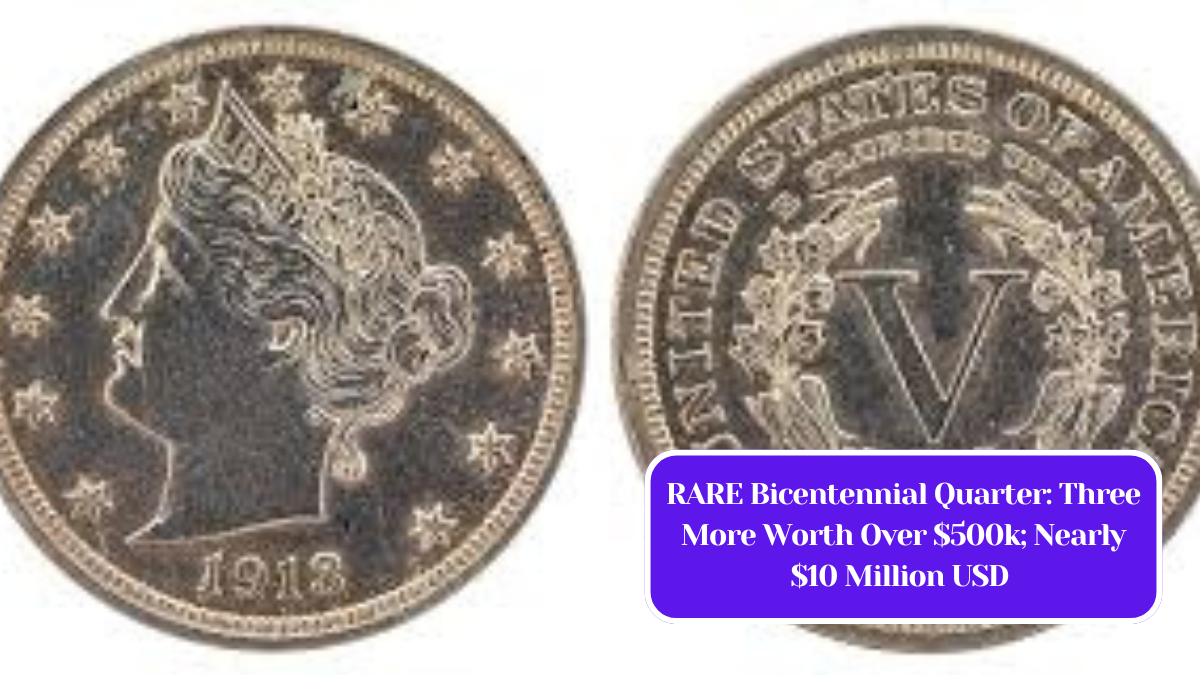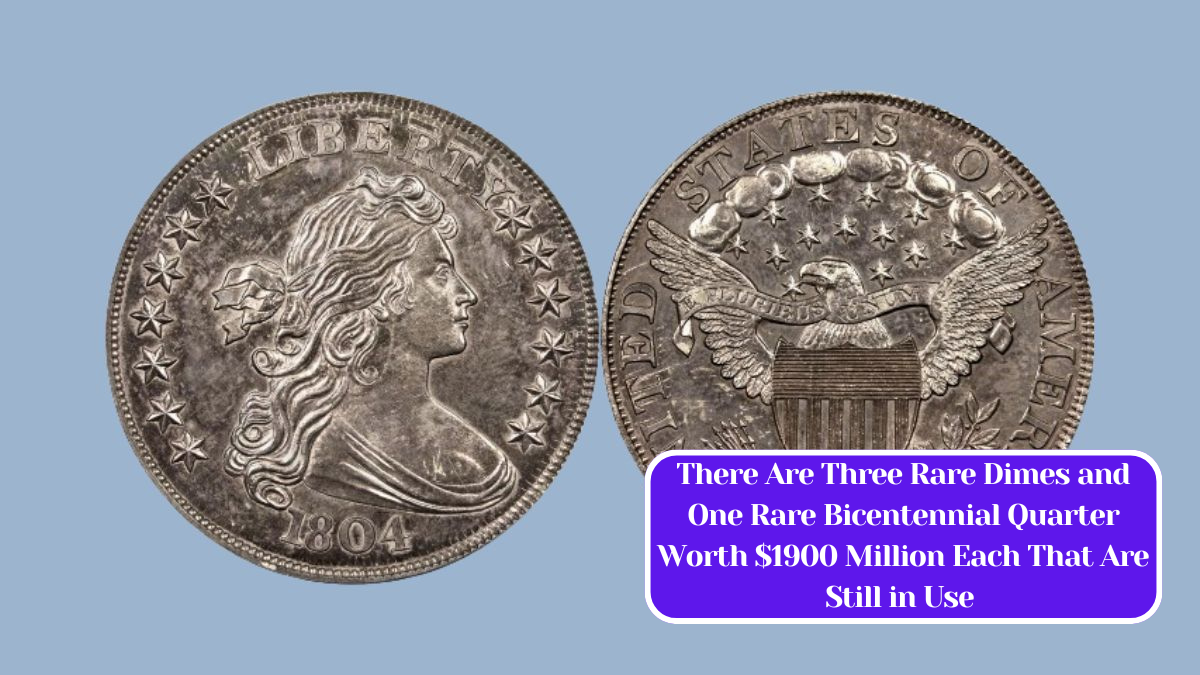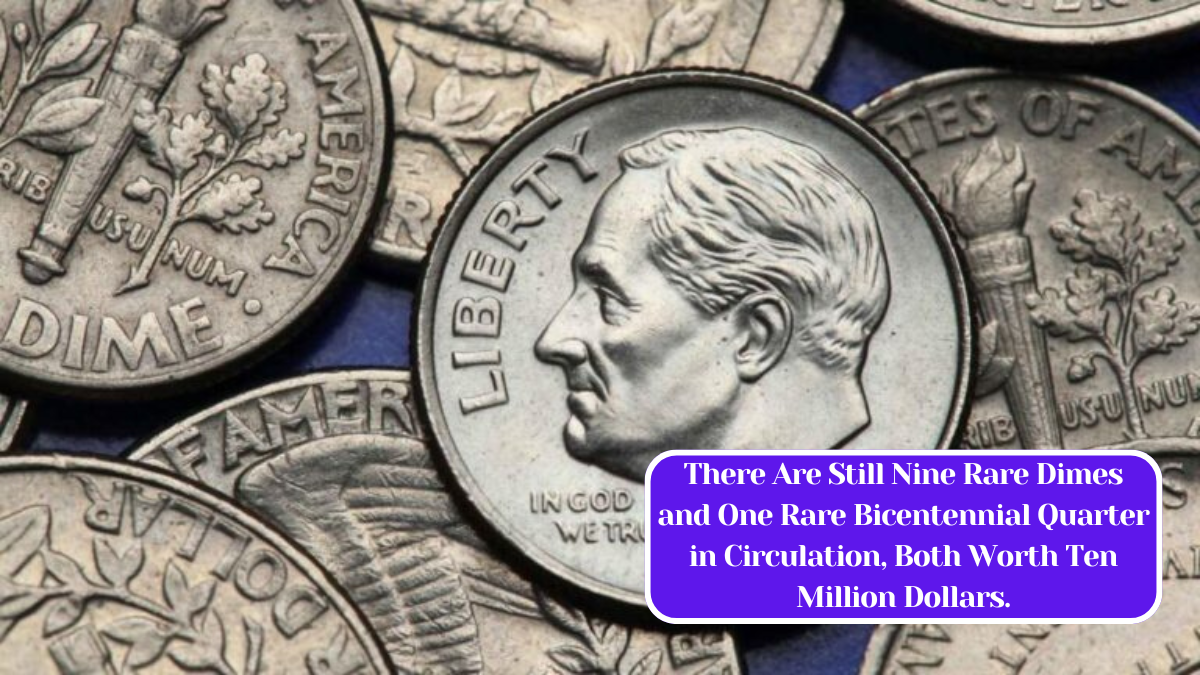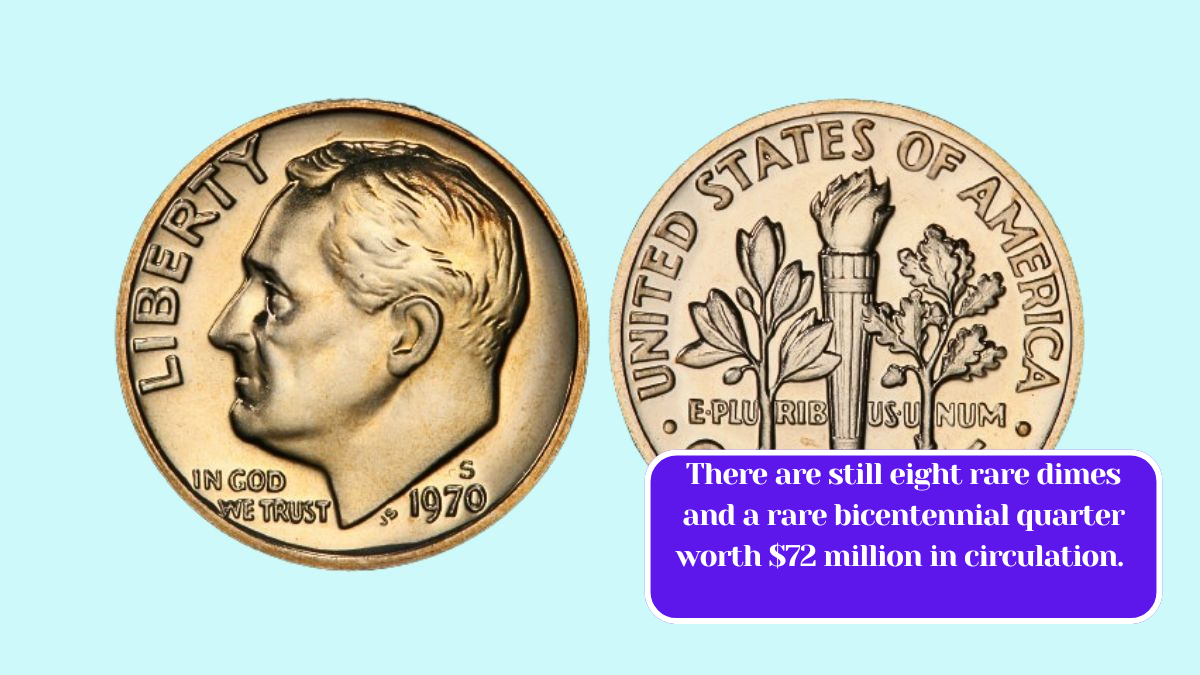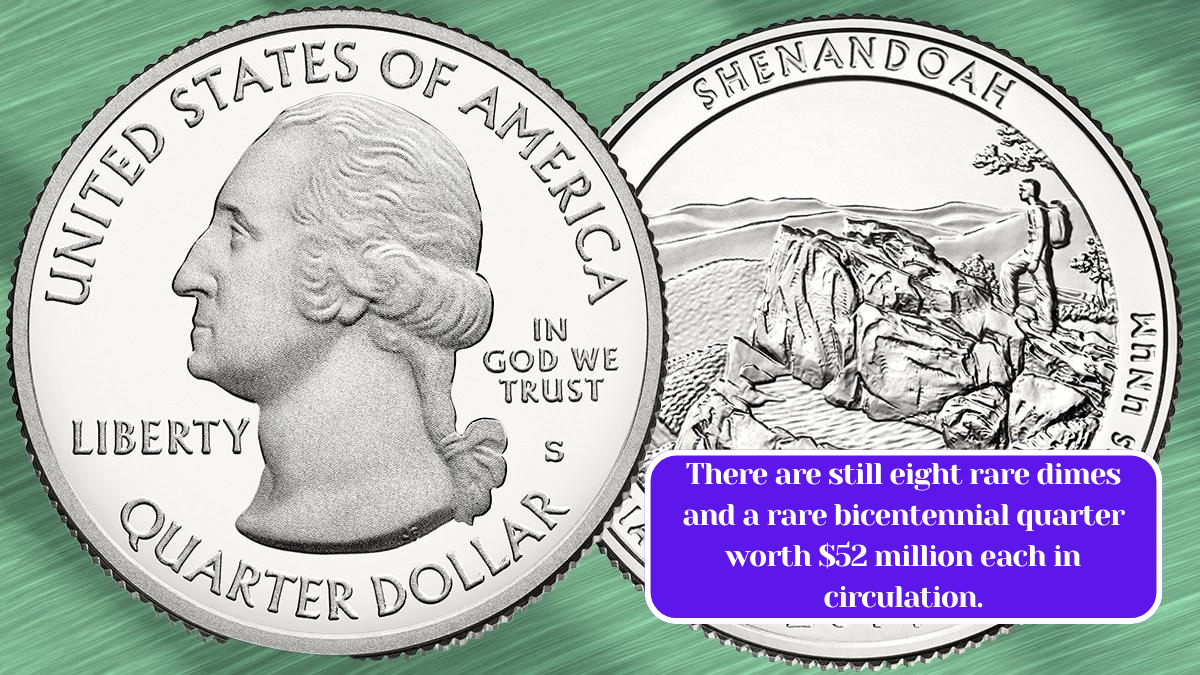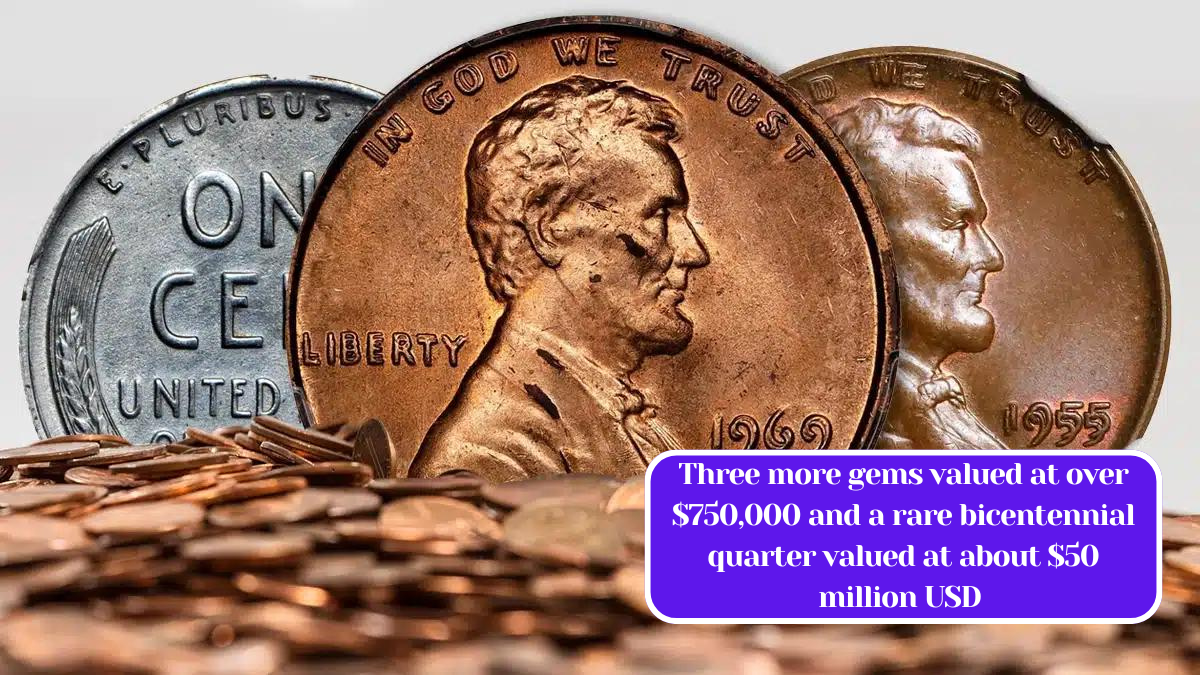In a fascinating twist of fate, an unusual Bicentennial quarter has captured the attention of collectors and investors alike, reportedly hanging in a New York auction house with a staggering estimated value of nearly $190 million. This remarkable coin, along with three others valued at over $50 million each, has reignited interest in the world of numismatics and raised questions about the true value of currency and collectibles.
The Bicentennial Quarter: A Brief Overview
The Bicentennial quarter, released in 1976 to commemorate the 200th anniversary of the United States, features a unique design on the reverse side, showcasing a depiction of the Declaration of Independence. While millions of these quarters were minted, the rarity and condition of specific coins can significantly impact their value.
What makes this particular quarter so special? Experts believe it may possess unique characteristics—such as misprints, unusual wear, or errors during the minting process—that have made it one of the most sought-after coins in the market.
The Auction Buzz
The auction house where this quarter is currently displayed has reported that the coin has generated unprecedented interest, drawing in collectors from around the globe. With an estimated value of nearly $190 million, it has become one of the most talked-about coins in recent history. This astronomical figure not only reflects the coin’s rarity but also the growing trend of high-stakes auctions in the collectible market.
The Other Valuables
In addition to the prized quarter, three other Bicentennial quarters have surfaced, each appraised at over $50 million. These coins, though less valuable than the primary quarter, still represent an incredible investment opportunity. Collectors are eager to uncover the stories behind these coins, and experts are diving deep into their histories, searching for the distinguishing features that contribute to their elevated worth.
The Numismatic Market: A Growing Phenomenon
The value of rare coins has been on the rise, reflecting a growing interest in numismatics. Investors are increasingly viewing coins as tangible assets that can diversify their portfolios. The market for collectibles, particularly rare coins, has seen substantial growth, fueled by media attention and the increasing digitization of transactions.
Factors Influencing Coin Value
Several factors contribute to the value of a coin, including:
- Rarity: The fewer coins that exist, the more valuable they tend to be.
- Condition: Coins that are in pristine condition or have unique markings can command higher prices.
- Historical Significance: Coins tied to significant events or periods can be more valuable.
- Market Demand: As more people become interested in collecting, demand increases, driving prices higher.
The unusual Bicentennial quarter hanging in the auction house is more than just a coin; it’s a testament to the complexities and allure of the collectible market. With a valuation of nearly $190 million and three additional quarters worth over $50 million each, these coins underscore the intersection of history, artistry, and investment.
